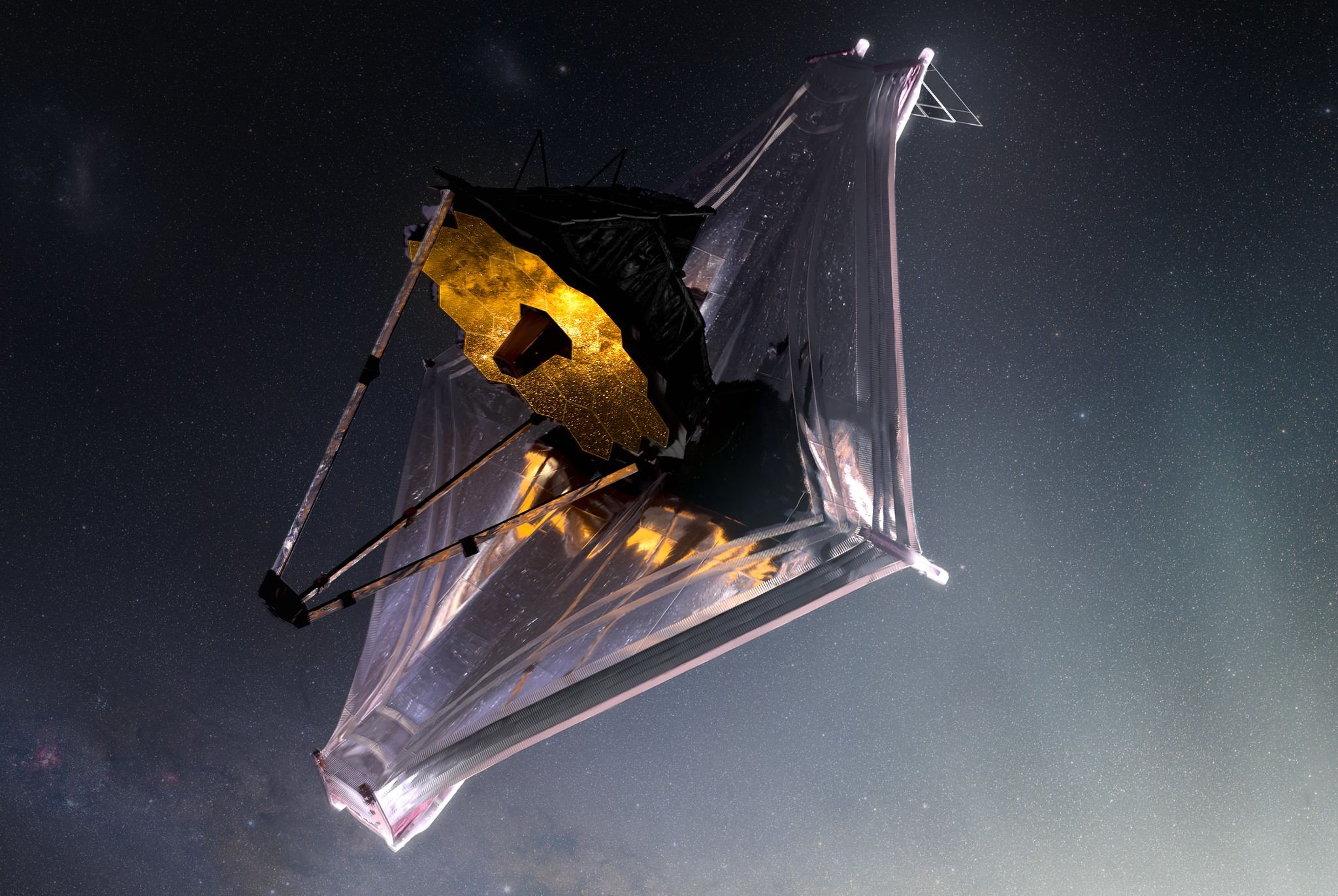You'll never look at Uranus the same again:

NASA’s Webb Scores Another Ringed World With New Image of Uranus (Labeled)
Uranus has never looked better. Really.
Webb's first glimpse at this ice giant highlights bright atmospheric features, as well as 11 of the planet’s 13 rings. Only Voyager 2 and Keck (with adaptive optics) have imaged the planet's faintest rings before, and never as clearly as this.
Uranus rotates on its side, causing its poles to experience 42 years of sunlight and 42 years of darkness. (It takes 84 years to orbit the Sun.) When Voyager flew by Uranus in 1986, it was summer at its south pole. Currently, the south pole is out of view, facing the darkness of space.
Check out the polar cap (bright white area) on the right side of the image. Webb reveals a subtle enhanced brightening at its center. This polar cap appears in the direct sunlight of summer and vanishes in the fall. Webb's data will help us to understand this mystery.
Image description: The planet appears light blue with a large, white patch on the right side. This patch is labeled “polar cap.” On the edge of that patch at the upper left is a bright white spot. Another white spot is located on the left side of the planet at the 9 o’clock position. These spots are labeled “clouds.” Around the planet is a system of nested rings. The outermost ring is the brightest while the innermost ring is the faintest. The faint, inner ring area is labeled “zeta ring.” Unlike Saturn’s horizontal rings, the rings of Uranus are vertical and so they appear to surround the planet. The background of the image is black.
This was only a 12-minute exposure image! And It's just the tip of the ice(planet)berg for what Webb will uncover. Read more:
www.nasa.gov/feature/goddard/2023/nasa-s-webb-scores-anot...
Credit: NASA, ESA, CSA, STScI, with image processing by Joseph DePasquale (STScI)






















